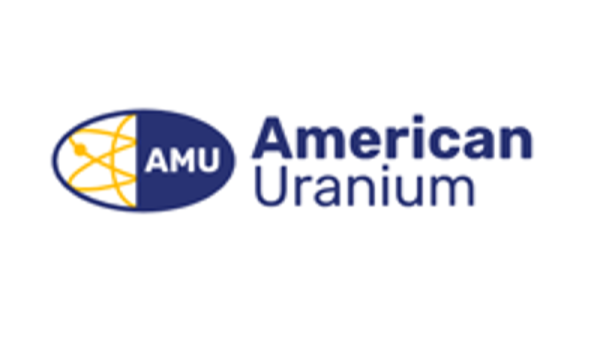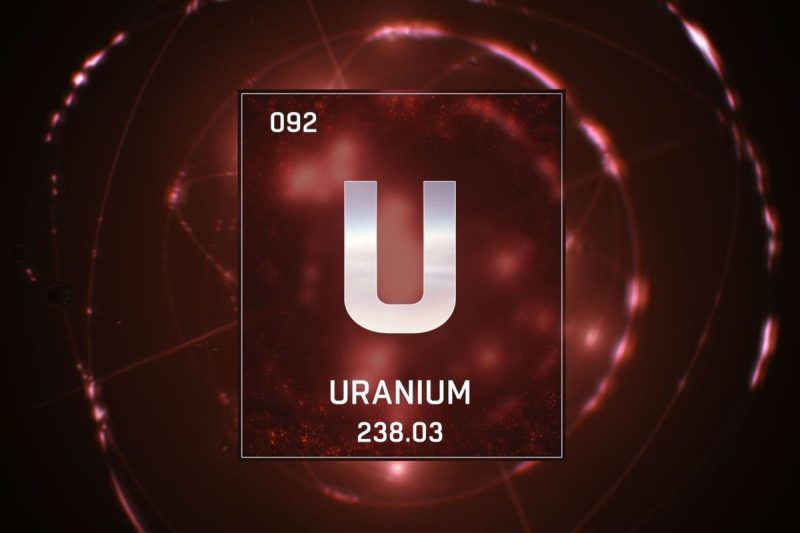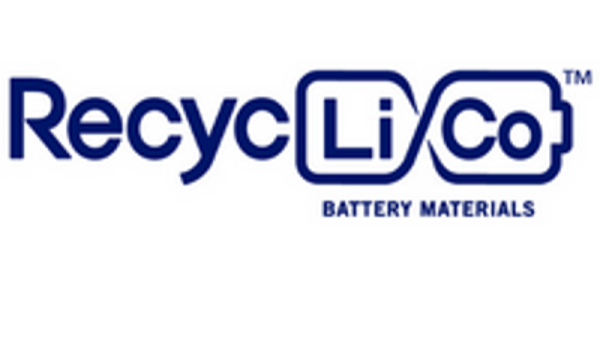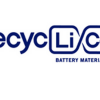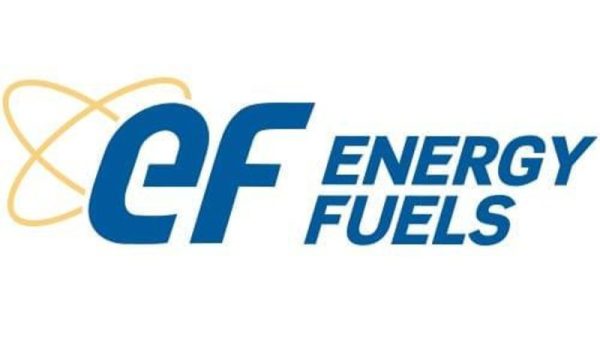Fission Uranium (TSX:FCU,OTCQX:FCUUF) has expanded its uranium exploration portfolio in and around Northern Saskatchewan’s Athabasca Basin by staking four additional properties.
According to the company’s Thursday (October 31) press release, the new sites, called Typhoon, Corsair, Merlin and Seahawk, encompass thousands of hectares and are situated near established uranium-producing areas and deposits.
Typhoon, which is located approximately 20 kilometers south of Fission’s flagship Patterson Lake South (PLS) project, covers 3,867 hectares. Geological surveys from past decades, including a 1969 airborne radiometric survey and a 2013 electromagnetic survey, revealed conductors suggesting possible graphitic fault zones.
These zones, common hosts for uranium mineralization, have yet to be drilled. Given Typhoon’s similar geological structure to PLS and its unexplored potential, Fission considers it a promising site for high-grade uranium.
The Corsair property, located 110 kilometers east-southeast of the PLS project, spans 3,481 hectares across three non-contiguous claims. Situated close to Cameco’s (TSX:CCO,NYSE:CCJ) Centennial uranium deposit and near significant fault zones, the Fission team believes Corsair benefits from a favorable geological position.
Historic exploration identified electromagnetic conductors associated with graphitic faults. Although earlier work focused on larger fault zones, Fission intends to evaluate the potential in areas overlooked in previous drilling campaigns.
Merlin, the smallest of the newly staked properties, covers 808 hectares and is located 36 kilometers from Cameco’s Key Lake uranium mill. Previous drilling near the site in 1981 uncovered anomalous uranium concentrations, though additional exploration has been limited. Fission’s preliminary assessment indicates that more focused drilling could yield further insights into Merlin’s resource potential, as the initial results suggest uranium presence in conductive fault zones.
Seahawk, at 6,293 hectares, is the largest of the four properties and lies about 33 kilometers southeast of the Athabasca Basin. It covers a 29 kilometer section of the Needle Falls shear zone, which Fission said is known for rock formations that often host uranium deposits. Previous work encountered mineralization indicators such as cobalt and nickel.
Additionally, radioactive boulder trains near Seahawk, documented in the 1970s, add to the site’s potential for uranium, though Fission notes that the exact source of these boulders remains unidentified.
Ross McElroy, Fission’s president and CEO, said the new properties support the company’s efforts to diversify and expand its holdings in the Athabasca Basin, which is known for its high-grade uranium deposits.
In June, Australia’s Paladin Energy (ASX:PDN,OTCQX:PALAF) announced plans to acquire Fission in a transaction valued at C$1.14 billion. The companies are currently awaiting Investment Canada Act clearance for the deal.
Securities Disclosure: I, Giann Liguid, hold no direct investment interest in any company mentioned in this article.
















